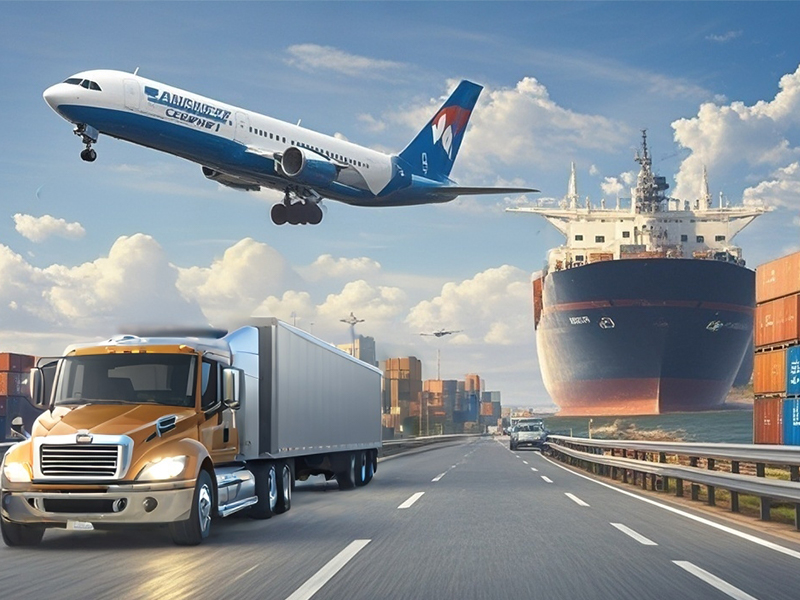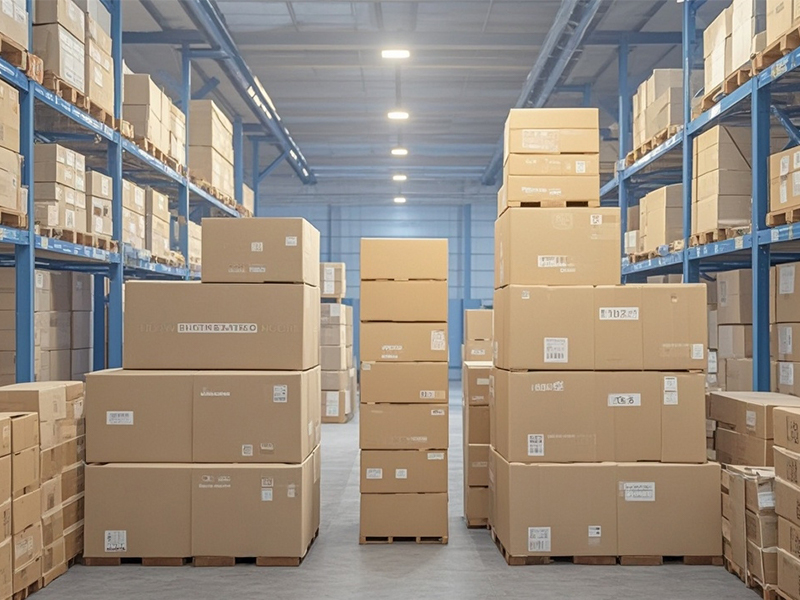Accenture’s report, “Next Stop, Next Generation,” analyzed 1148 companies from 15 countries and 10 industries, finding that companies with the highest supply chain maturity had a profit margin 23% higher than their peers (11.8% vs. 9.6%) and provided a 15% higher return to shareholders (8.5% vs. 7.4%). These “leader” companies widely used artificial intelligence (AI) and generative AI in their supply chains, with a usage rate six times that of their peers.

According to Accenture’s research, leader companies invest heavily in AI and generative AI. Max Blanchet pointed out that these capabilities are crucial for redefining the efficiency, agility, sustainability, and resilience of the supply chain. Traditional supply chain drivers mainly focus on cost, quality, and delivery, while leader companies超越了 these traditional factors through technology investment, addressing many current and future supply chain vulnerabilities and inefficiencies.

To modernize and intelligentize the supply chain, companies need to overcome various challenges, including insufficient technology investment, data islands, and talent shortages. Simultaneously, a flexible supply chain management system needs to be established to adapt to the rapidly changing market environment.

Next-generation supply chain capabilities are crucial for companies to achieve higher profitability and market competitiveness. Accenture’s research shows that companies with high supply chain maturity significantly lead their peers in profit margins and shareholder returns. Through technology investment and supply chain optimization, companies can achieve autonomous decision-making, advanced simulation, and continuous improvement, thereby improving the response speed and flexibility of the supply chain.

Although the current overall supply chain maturity is still low, the future supply chain will develop towards more intelligence and sustainability. Companies need to overcome challenges such as insufficient technology investment and lagging management models to comprehensively improve supply chain capabilities and adapt to the rapidly changing market environment and technological progress.

In this process, real-time monitoring, rapid response, full lifecycle simulation, and sustainability design will become key elements. Through continuous innovation and optimization, companies can not only meet current market demands but also lead the industry’s development direction, achieving long-term sustainable development and market competitive advantage.

 alt=""
alt="" 


 Logistics line quotation
Logistics line quotation Cross-border express order
Cross-border express order 24 hours online customer service
24 hours online customer service Huixiang Cross-border Logistics all rights reserved
Huixiang Cross-border Logistics all rights reserved 






